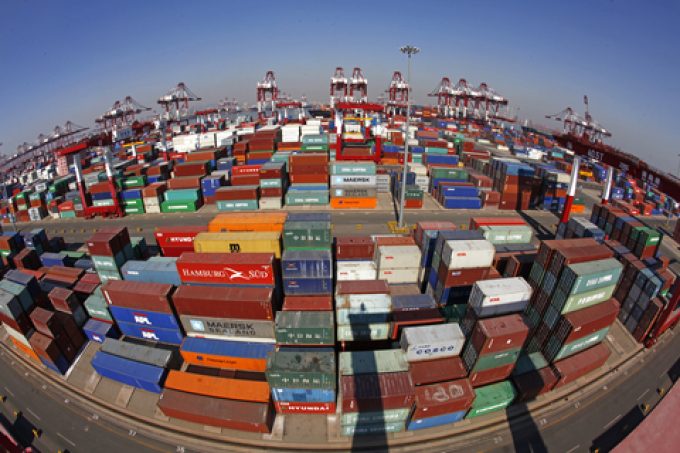Forwarders dragging their heels over digitisation – and it could cost them, claims report
Change within freight forwarding is moving at a crawl, with little incorporation of new technologies ...

Increased demand has exposed cracks in China’s logistics infrastructure, but it’s hoping its new ’five-year plan’ for the sector may be enough to stop an expected exodus of western multinationals.
The General Office of the State Council last month announced its first long-term plan for modernising ...
Keep our news independent, by supporting The Loadstar
Red Sea crisis has driven most new capacity into extended Asia-Europe trades
Explosions and 'out-of-control' fire reported on Wan Hai box ship
Carrier price hikes hold, driving spot rates higher as space gets scarcer
Crew forced to abandon ship in latest fire on vessel carrying EVs
The Loadstar Podcast | Transport Logistic and Air Cargo Europe 2025
Four crew members still missing as Wan Hai 503 continues to burn
Asia-West Africa ULCV deployment opens new markets for carriers

Comment on this article